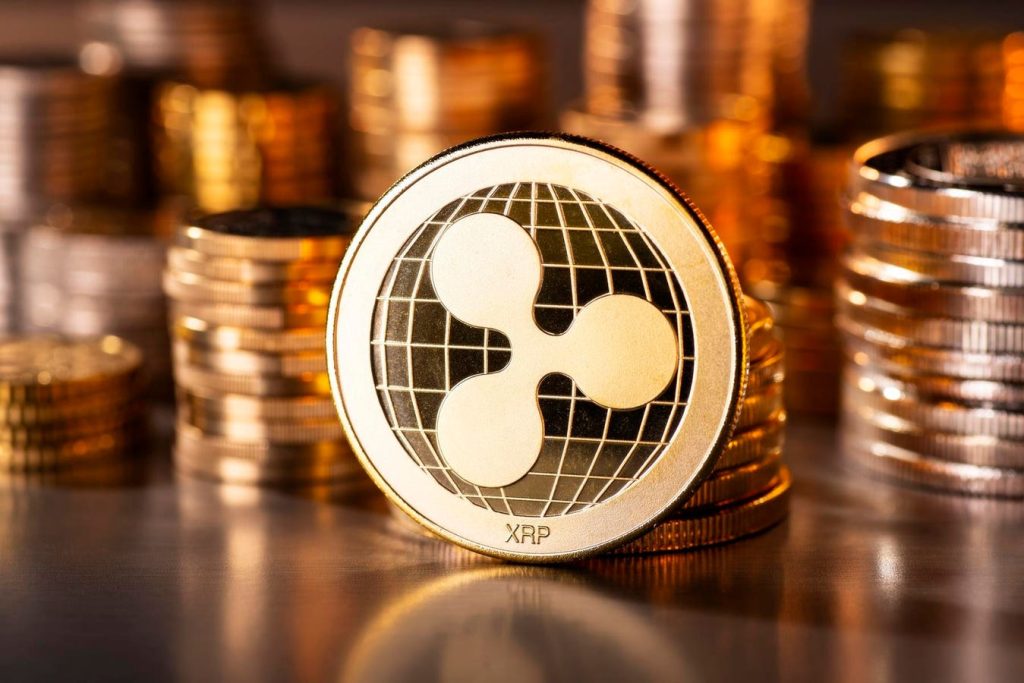Ripple Labs, the primary developer of the XRP Ledger blockchain and its namesake token, is making a move into the stablecoin business, entering a market worth $150 billion. This decision comes after a year in which the $32 billion network only generated less than $1 million in fees, leading to questions about the technology’s use. The San Francisco-based firm has previously attempted to gain mainstream use in the payments industry through various initiatives, such as NFTs, smart contracts, and tokenized real-world assets. However, these efforts have not gained significant traction, possibly due to subdued market conditions affecting similar initiatives in the industry.
This new pivot into the stablecoin business is notable because it may compete with Ripple’s flagship service, On-Demand Liquidity (ODL), which was designed to facilitate instant cross-border money transfers using XRP. The launch of a Ripple stablecoin could potentially reduce demand for XRP in the payments sector. Some experts believe that the decision to issue a stablecoin may have been driven by a need to address concerns from banks and financial institutions about holding and using XRP due to its volatility and regulatory uncertainties stemming from an ongoing lawsuit with the SEC.
Ripple’s Chief Technology Officer, David Schwartz, believes that the stablecoin will complement XRP rather than compete with it. He stated that launching the stablecoin on both the Ethereum blockchain and the XRP Ledger will allow the company to reach markets that may not be accessible with XRP alone. It is essential for Ripple to maintain demand for XRP, as the company still holds more than $26 billion worth of the asset in escrow that could be sold in the coming years. The impact of the stablecoin on XRP demand remains uncertain, as its actual usage beyond trading is still unknown.
Stablecoins have proven to be lucrative, with Tether (USDT) seeing significant growth in market capitalization and profitability. Stablecoin issuers generate profits by investing the collateral in low-risk assets such as short-term treasuries, especially during periods of heightened interest rates. This business model has made Tether’s largest shareholders billionaires, showcasing the potential for profitability in the stablecoin market. Ripple is also hopeful that the stablecoin will drive adoption of its other initiatives, such as decentralized finance (DeFi), which has seen little traction on the XRP Ledger.
Ripple CEO Brad Garlinghouse sees stablecoins as a critical entry point for decentralized finance and believes that introducing a trusted, enterprise-grade stablecoin to the XRP Ledger will increase liquidity and opportunities for developers and users. Following the announcement of Ripple’s entry into the stablecoin market, XRP experienced a seven percent increase in value to 61 cents before giving back most of the gains within 24 hours. The impact of this move on Ripple’s overall business strategy and the XRP token will unfold over time, as the company navigates the challenges and opportunities presented by the stablecoin market.


